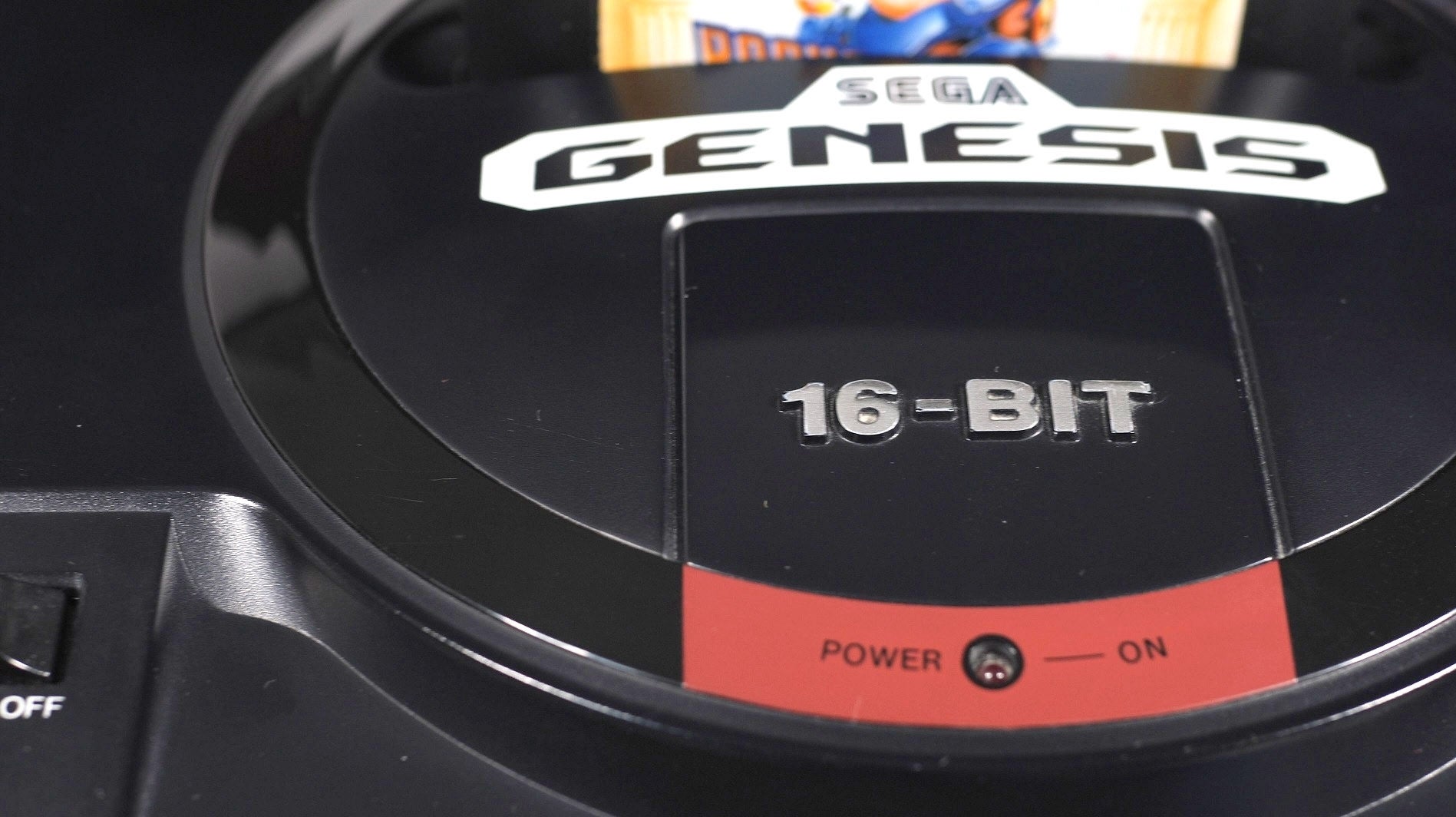Blast processing. Controversial in its time, Sega used the phrase heavily to market its Genesis/Mega Drive console in the US against Super NES – and it was so successful that Nintendo was driven to take out double-page advertorials in the gaming press to rebut Sega’s claims. Many dismissed it as marketing hot air – which is true to an extent – but the fact is that Blast Processing is indeed real and today we’re releasing a proof of concept demo, put together by talented coder Gabriel Morales.
But why do we need a demo at all? After all, Sega’s marketing did seem to imply that the blistering speed and wonderful visuals of Sonic the Hedgehog 2 was indeed powered by Blast Processing. However, it turns out that this is not the case, and it seems that Sega of America’s marketing team latched onto the term from a technical presentation, disregarding what the technology actually does and where it could be applied – probably because it sounded rather cool.
The fact is that Blast Processing is such a hardcore, low-level application of the Mega Drive hardware that, astonishingly, it was never used in any shipping games and only in recent years has the technique been successfully mastered. And even then, its actual application in games is severely limited, with some interesting, but not exactly game-changing results.
So, what actually is Blast Processing? Well, the video on this page features an in-depth technical breakdown of how the technique actually works, but the basic idea is that the hardware’s video processor is ‘blasted’ continuously, with the Mega Drive’s 68000 processor working flat-out to change the colour of every pixel on an individual basis as the ‘guns’ on a CRT screen move from left to right and then down to the next line and so on – a process known as active scan. The obvious application here is in expanding the Mega Drive’s somewhat constrained colour palette.
